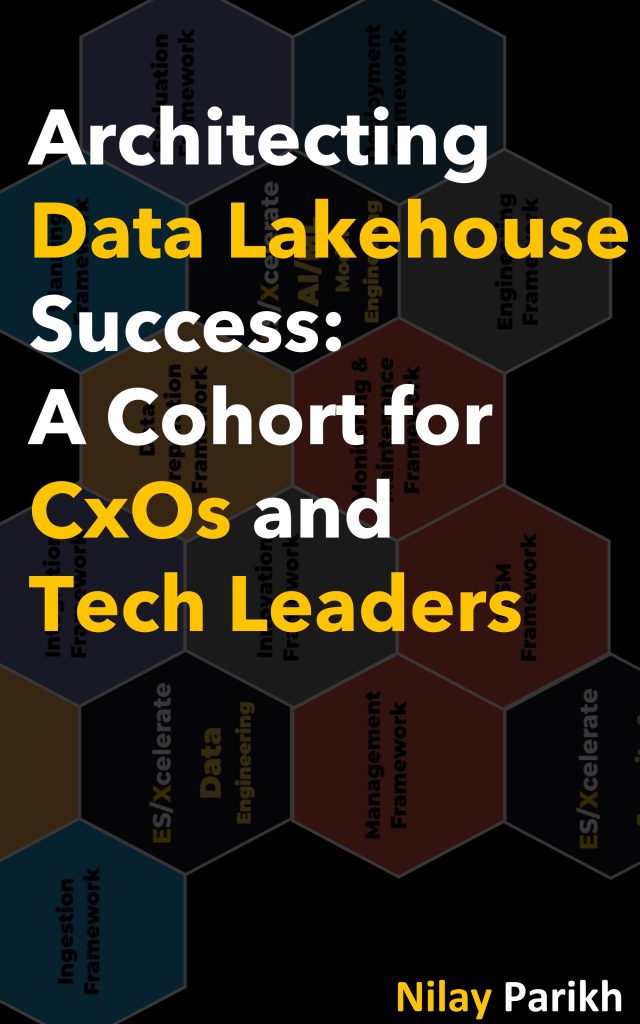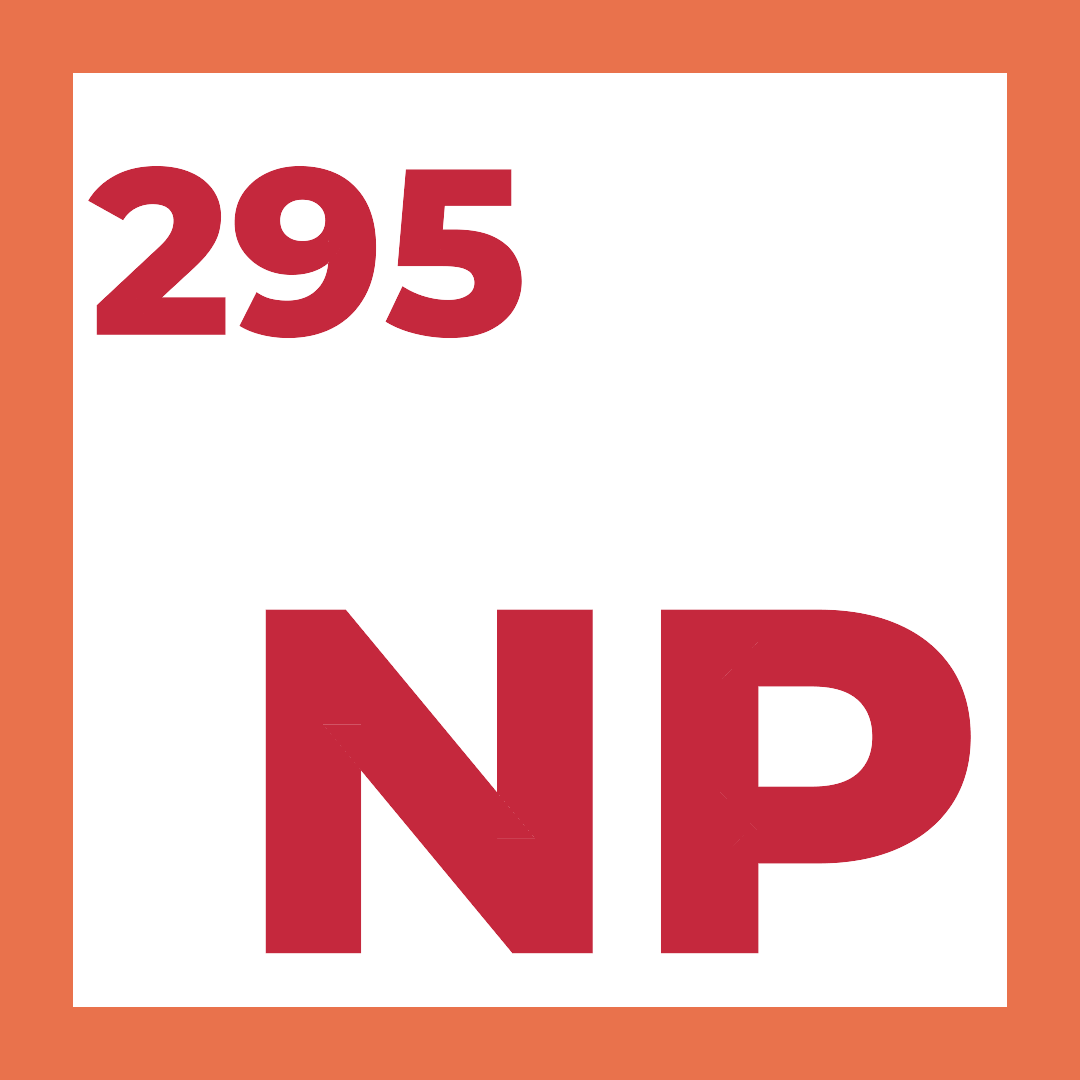
In “Architecting Data Lakehouse Success: A Cohort for CxOs and Tech Leaders,” we embark on an insightful journey through the evolving landscape of data engineering and architecture. This book is a comprehensive exploration, spanning the history, anatomy, and practical application of data lakehouses. It’s designed for technical leaders, architects, and C-suite executives who aim to merge strategic business vision with technical architectural prowess.
The chapter explores the foundational elements of a modern data lakehouse, emphasizing its three core components: the storage layer, computing layer, and orchestration layer. The storage layer serves as a vast repository for various types of data, leveraging cloud object stores like Amazon S3 for scalable and cost-effective storage. The computing layer transforms raw data into actionable insights, employing tools like Apache Spark and machine learning frameworks. The orchestration layer ties everything together, managing data flow with tools like Apache Airflow and ensuring data is organized, accessible, and governed effectively.
The data lakehouse architecture is designed for agility, scalability, and cost efficiency, separating storage from computing to allow each to scale independently. This approach enables organizations to handle large volumes of data and complex processing demands economically. The chapter also stresses the importance of a strong data governance policy across all layers to maintain security, privacy, and quality standards. By integrating these layers effectively, a data lakehouse becomes a powerful, modern data platform capable of supporting comprehensive analytics and decision-making across an entire organization.
Architectural Principles for Solution & Technical Architects and Enterprise Architects
| Principle | Description | Exceptions |
|---|---|---|
| Modular Design | Applications should be designed in modular components to allow flexibility and scalability, especially in handling data analysis and processing. | Exceptions might include legacy systems that are not modular by design and require significant reengineering. |
| Unified Management | Data should be managed in a unified manner across storage, processing, and orchestration layers to ensure consistency and integrity. | Exceptions can occur in scenarios requiring specialized data management techniques due to regulatory or privacy concerns. |
| Automation First | Operations should prioritize automation for efficiency, such as automated data pipelines and workflow management. | Manual interventions may be necessary in complex troubleshooting or where automation is not feasible. |
| Layered Defense | Implement a multi-layered security approach across all layers of the data lakehouse, including data encryption and access controls. | In certain cases, specific legal or compliance requirements might necessitate additional or alternative security measures. |
| Scalable Resources | Infrastructure should be scalable, leveraging cloud resources to accommodate varying data volumes and processing demands. | Fixed infrastructure might be used in scenarios with predictable and consistent demand. |
| Data Stewardship | Governance policies should focus on data stewardship, ensuring data quality, privacy, and compliance across the lakehouse. | Exceptions may include situations where different governance standards are mandated by external entities. |
| Cross-functional Collaboration | Encourage collaboration across different domains to ensure the data lakehouse supports a wide range of organizational needs. | This principle may not apply in highly specialized or compartmentalized organizations where cross-functional collaboration is limited. |
These principles are derived with the understanding that they should be flexible enough to adapt to specific organizational contexts and technological advancements. Exceptions to these principles should be considered carefully, balancing the need for standardization and the unique requirements of specific scenarios or legacy systems.
Risk Areas and Mitigation Strategies
| Risk | Mitigation |
|---|---|
| Data Ingestion Bottlenecks | Implement scalable ingestion frameworks and monitor pipeline performance to prevent bottlenecks. |
| Inefficient Data Processing | Utilize distributed processing frameworks like Apache Spark, ensuring they are properly configured for optimal performance. |
| Data Governance Lapses | Establish strong data governance policies ensuring security, privacy, and quality standards across the lakehouse. |
| Cost Overruns in Cloud Storage | Monitor and optimize cloud storage usage to align with budget constraints, leveraging cost-effective storage solutions. |
| Inadequate Data Security Measures | Implement robust security protocols, including encryption and access control, across all layers of the lakehouse. |
| Limited Scalability in Compute Layer | Ensure the compute layer can dynamically resize to meet processing demands and manage resource allocation effectively. |
| Complexity in Orchestration | Use workflow schedulers like Apache Airflow for efficient management, and ensure teams are trained to handle complex orchestrations. |
| Over-dependence on Specific Technologies | Avoid vendor lock-in by choosing flexible, interoperable solutions and preparing for future technological shifts. |
| Data Quality Issues | Implement quality checks and validation processes within data pipelines to maintain high data quality. |
| Lack of Expertise in Advanced Tools | Invest in training and development for teams to build expertise in using advanced data processing and analytics tools. |
Each of these risks is associated with specific aspects of building and managing a data lakehouse, as outlined in the provided chapter. The mitigation strategies are designed to address these risks by ensuring efficient, secure, and cost-effective operations within a modern data architecture framework.
Six Thinking Hats
Using Edward de Bono’s Six Thinking Hats framework, we can generate realistic scenarios for Solution & Technical Architects and Enterprise Architects, considering the context of developing and managing a modern data lakehouse. Each hat represents a different perspective or type of thinking:
White Hat (Information):
- Scenario: The team needs to assess the current data infrastructure to understand the volume, variety, and velocity of data they are dealing with. They must gather detailed information about existing data storage solutions, processing capabilities, and orchestration tools.
Red Hat (Emotions and Intuition):
- Scenario: Architects feel apprehensive about transitioning to a new data lakehouse architecture due to concerns about disrupting existing workflows and potential data security risks. They need to acknowledge these emotions and consider how the change might affect team morale and stakeholder confidence.
Black Hat (Critical Thinking):
- Scenario: The team critically evaluates the risks of implementing a data lakehouse, such as potential data governance lapses, scalability challenges, and reliance on specific cloud providers. They explore the worst-case scenarios, including cost overruns and data breaches.
Yellow Hat (Optimism and Benefits):
- Scenario: Architects focus on the potential benefits of a data lakehouse, such as enhanced data analytics capabilities, improved data governance, and the ability to scale resources efficiently. They envision how a successful implementation could drive innovation and provide a competitive edge.
Green Hat (Creativity and Alternatives):
- Scenario: The team creatively considers alternative approaches to building the data lakehouse. They brainstorm innovative solutions for data ingestion bottlenecks, explore new tools for data processing and orchestration, and consider novel ways to integrate AI and machine learning.
Blue Hat (Process Control):
- Scenario: Architects take on the role of process managers, overseeing the development and implementation of the data lakehouse. They create a structured plan, define key milestones, manage team roles, and ensure the project aligns with the organization’s strategic goals.
Available at Amazon
- US: https://www.amazon.com/dp/B0CR71D58S
- UK: https://www.amazon.co.uk/dp/B0CR71D58S
- IN: https://www.amazon.in/dp/B0CR71D58S
- DE: https://www.amazon.de/dp/B0CR71D58S
- FR: https://www.amazon.fr/dp/B0CR71D58S
- ES: https://www.amazon.es/dp/B0CR71D58S
- IT: https://www.amazon.it/dp/B0CR71D58S
- NL: https://www.amazon.nl/dp/B0CR71D58S
- JP: https://www.amazon.co.jp/dp/B0CR71D58S
- BR: https://www.amazon.com.br/dp/B0CR71D58S
- CA: https://www.amazon.ca/dp/B0CR71D58S
- MX: https://www.amazon.com.mx/dp/B0CR71D58S
- AU: https://www.amazon.com.au/dp/B0CR71D58S
Disclaimer
The views expressed on this site are personal opinions only and have no affiliation. See full disclaimer, terms & conditions, and privacy policy. No obligations assumed.
